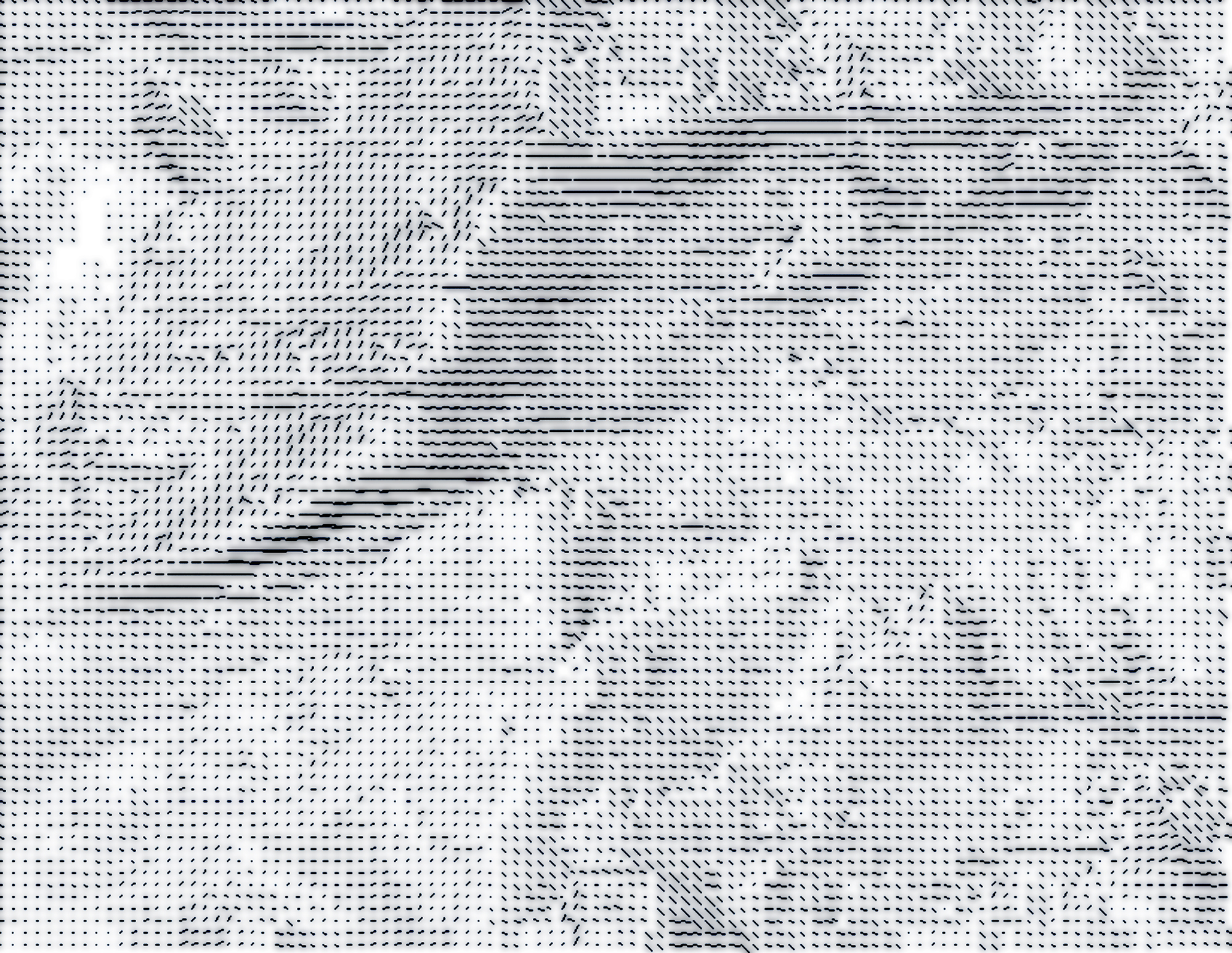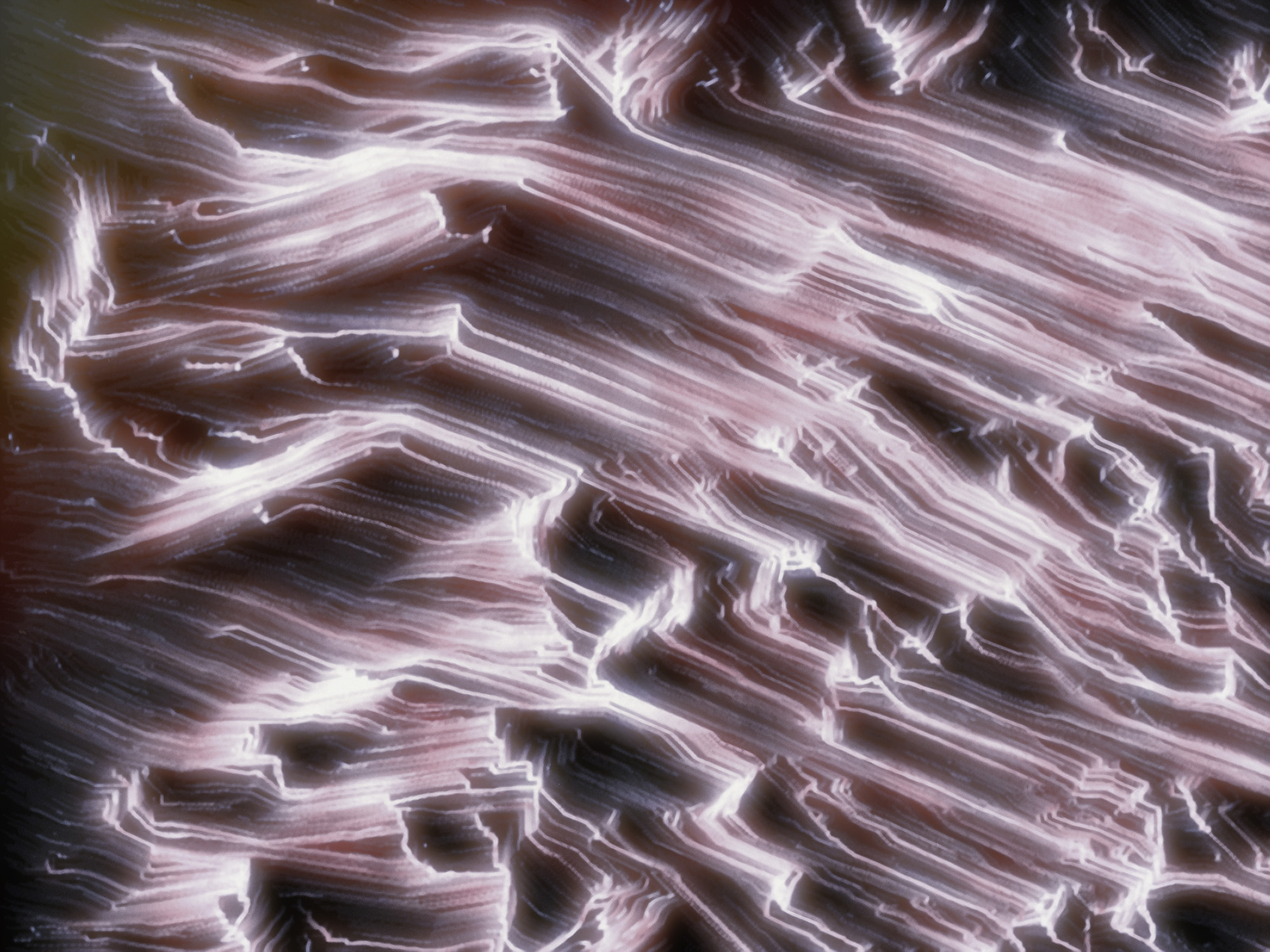PROJECTS / BEHAVIOR SURFACE








Behavior Surface uses agent-based simulation to create an experimental terrain drawing technique. Thousands of artificial agents are deployed on a landscape. They are each programmed with simple goal-seeking behavior: at each time step, they observe their immediate environment, assessing its elevation and slope. They merely seek a location that is lower in elevation, along a gradient of reasonable slope. Over time, this decision-making traces the path of least resistance for each agent. Their collective behavior draws the terrain in a new way—not through its shape, or material, but through the behaviors and activities it affords.
[PROJECTS]
EXHIBITION
06.02.2014 - 20.02.2014
Aesthetics of Information
Princeton University School of Architecture
Princeton, USA
PUBLISHED
Chris Reed and Nina-Marie Lister (eds) Projective Ecologies (ACTAR 2014)